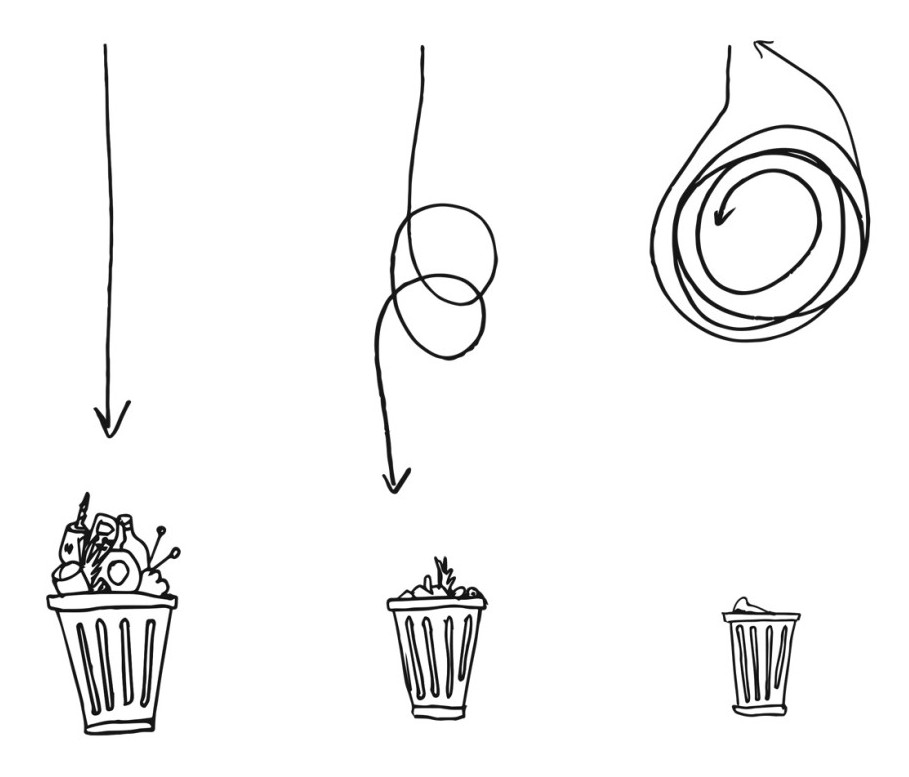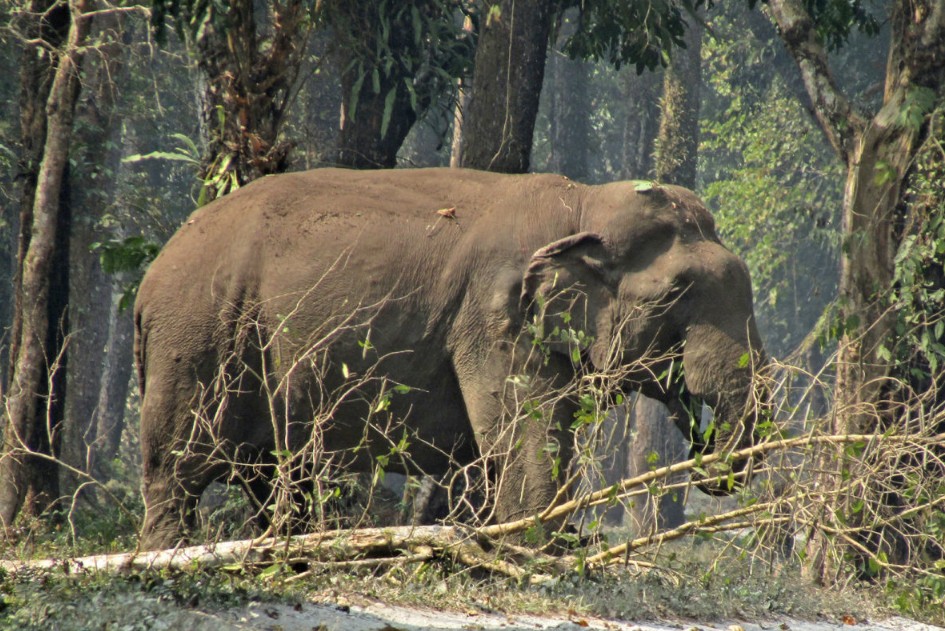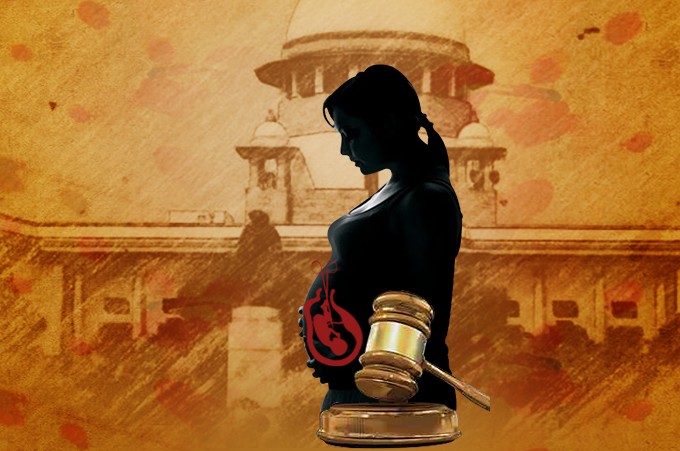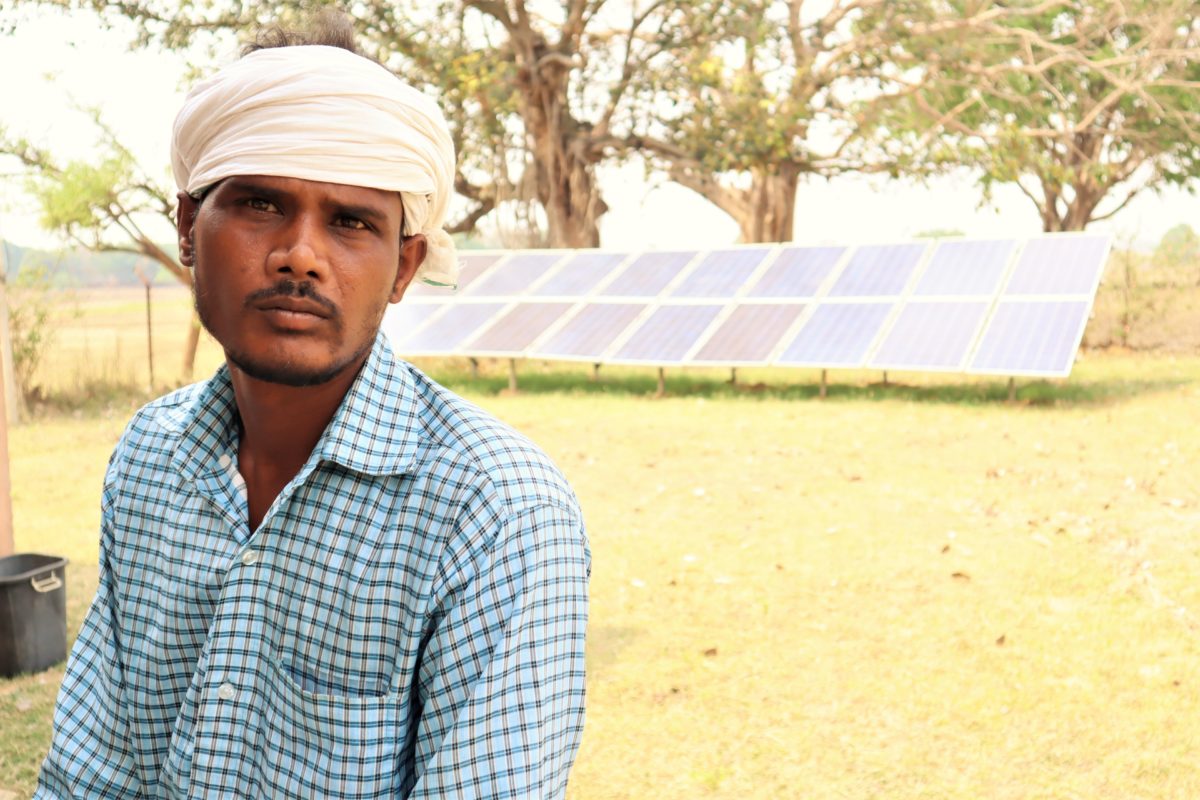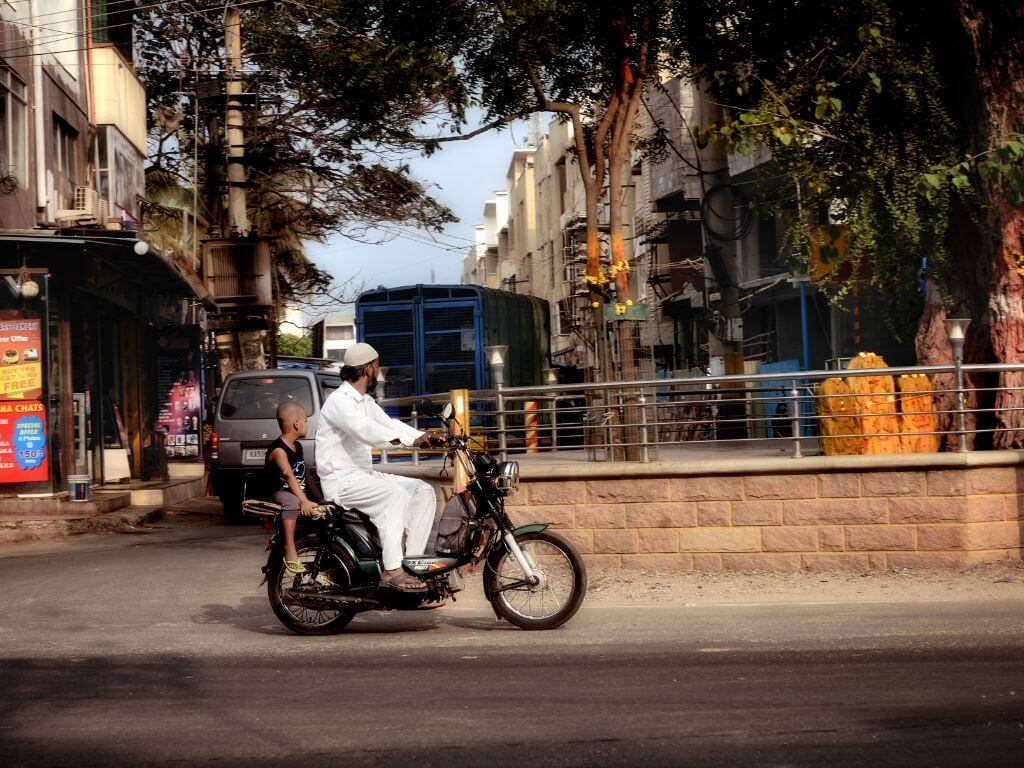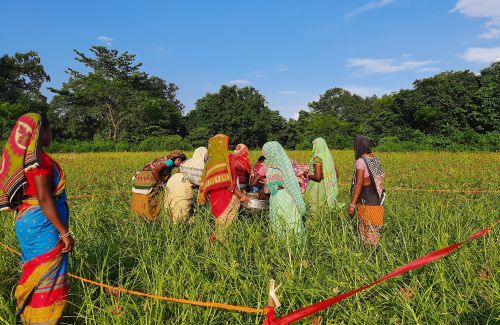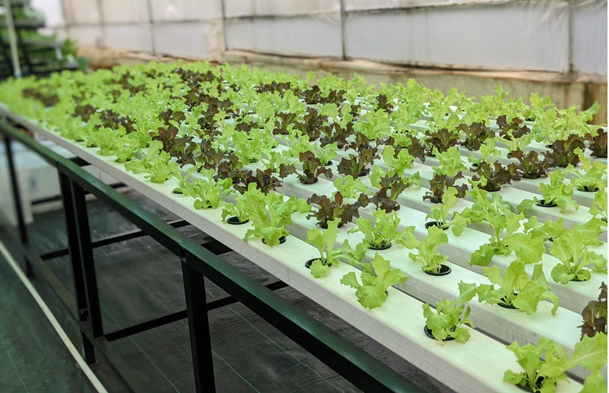HEALTH
/ CHILDREN/HEALTH
Death of new-borns and the Kerala model
38 babies died in one hospital in Thiruvananthapuram over the past four
months, shocking a state which boasts of the lowest infant mortality rate
in the country. The much discussed and extolled Kerala model of health
development is ailing, reports
P N Venugopal.
24 May 2007 -
The death of 38 new-borns from a hospital-acquired infection at the Sree Avittom
Tirunal (SAT) Hospital in Thiruvananthapuram over the past four months has
shocked Kerala. All the deaths were in the neonatology unit of the hospital
where 60 deliveries on an average take place daily. The incident has set the
alarm bells ringing as it has happened in Kerala, which boasts of the lowest
infant mortality rate in the country with only 15 deaths per thousand where as
the national average is 58.
The first three infection-caused deaths were reported in January. The count went
up steadily with five in February, 14 in March and 16 in April. It was only then
that the media zoomed in and the hullabaloo broke out. The hospital superintendent
Dr K Rajmohan was placed under suspension for not reporting the deaths and the
cause to the higher authorities. Politicians of all hues made a
beeline to the hospital and the opposition demanded that Rs.10 lakhs be paid to
the parents of each baby that died.
Brouhaha
In what appeared to be a case of publicity-seeking, V Vikraman,
a BJP activist filed a complaint against the health minister
P K Sreemathy and hospital staff. An enthusiastic magistrate of
a local court, S Gopalakrishnan, asked the police to register a case
against Sreemathy on the charge of culpable homicide not amounting to
murder.

"It's a system failure, a classic case of negligence and wrong health policies,"
says Dr Ramesh, Secretary of the Kerala branch of the Indian Medical
Association.
The government set up a five member expert committee to investigate the deaths.
Dr V Rajasekharan Nair was the Chairman and Dr Sudhayakumar, Director of Medical Education,
was the convener. The committee confirmed
in its interim report that there was an outbreak
of sepsis in the in-born nursery (IBN)
at the hospital which led to an increased proportion of babies dying due to
infection. However, there was no apparent increase in the total mortality rate
of the babies admitted to the SAT Hospital's IBN, the report said. The hospital
authorities were aware of an increased rate of infection in its IBN and had
adopted measures to contain the infection. The report found that the labour room
and theatre cots at SAT are cleaned and wiped with anti septic solutions after
each case.
But these efforts proved to
be ineffective. There is no time for air drying
as the next patient is ready to occupy the cot. Lack of staff has resulted in
the same person doing multiple jobs, including handling of babies. Also, the concerned
sites of infection could not be closed down and
the babies shifted to an alternate
nursery, the report said. It added that the principles of 'barrier nursing' should
have been implemented. It recommended that further admission to the present IBN be
stopped and that once all babies are discharged, it should be properly disinfected
and fumigated. Babies not requiring critical care should be kept with the mothers,
said the report.
Despite this, the interim report surprisingly attempted to explain
away the deaths. According to the
committee, the deaths of new-borns in
March and April were proportionate to the
rise in number of admissions during these
months. The report reeled out
statistics to prove that the number of deaths were
not all that alarming. However, even if we take the report at face value, the tragedy
throws up many serious questions.
Why is it that this 'women and children' hospital with
1035 beds is overcrowded round the year, with the average number of inpatients
being 1200? And why almost double its capacity during March and April? Why only
two nurses per shift in the IBN when there are 60 new-borns to take care for?
Why is it that the hospital which had spent one crore rupees for modernisation in
2006 doesn't have space or facilities for an alternate IBN when more than 20,000
deliveries take place a year in the hospital?
There has not been any concerted effort or perhaps even a desire to
reduce it further to the level of the developed countries like Germany and the
USA where the rate is only four per thousand.

•
Malnutrition may trigger crisis
•
Forgotten Saharias of Sheopur

Inquiry into these questions reveal that the much discussed and extolled Kerala
model of health development is ailing and on the decline. The third National Family
Health Survey (NFHS) in March 2007 shows that Infant Mortality Rate (IMR) in
urban Kerala has increased to 18 from 16 in the second survey (1998-99). The percentage
of children
between 12 and 23 months who have received all recommended vaccines have
declined to 75 per cent from 80 per cent. The percentage of children under three years
who are underweight has gone up
from 27 to 29 per cent. (Apart from the 38 babies
who died due to infection, there
were 63 other infant deaths at the SAT Hospital
from January to April and many of
them were underweight.)
Here is one data which is bound to have direct bearing on those deaths. Anaemia
during pregnancy in women of 15-49 years went up from 20.3 per cent in 1998-99
to 33.1 per cent in the recent survey. The beginning of a downward trend in general
health is indicated by these statistics.
Diseases like Malaria and TB were thought to have been
eradicated. Not only have they
made a comeback, but hitherto unheard of diseases like Dengue
fever, Japan Encephalitis
and Chickun Gunya, apart from AIDS, have emerged on the
scene. Chickun Gunya had
caused a huge scare last year affecting thousands in
Alappuzha district and elsewhere
in the state. Lifestyle diseases like diabetes,
heart problems, high blood pressure
are on the increase, according to the Kerala Sastra Sahitya Parishad (KSSP).
The first phase of health care resulted in the increase of life expectancy, but it also
means that the number of the aged too is increasing. A study done by KSSP had predicted years ago that by 2025, 20 per cent
of Keralas population will be above the age of 60. Add to it the constant
migration of the young to other states and to foreign countries, and Kerala
could be saddled with a large proportion of sick people. If morbidity declined
in the first phase, it is showing all signs of increasing in the second stage
that has never really taken off.
Kerala has had a unique place for years in any health index table. In growth of
population, infant mortality and life expectancy, Kerala compared very
favourably with the national averages. "Good health at low cost" was the motto
of Kerala, as Dr B Ekbal, National Convener, Jan Swasthya Abhiyan puts it. The
process started half a century ago, when the ground situation was abysmal. In
1957-58, the state's expenditure on health was 8.48 per cent of total revenue
expenditure, compared to the all-states average of 4.36 per cent. This continued even in
the 1980s when Kerala was in the grip of severe financial crisis. And by the
middle of that decade, each village had a primary health centre and there was a
chain of government hospitals at the Taluk and district level apart from medical
colleges and Ayurveda and Homoeopathy hospitals. And the rise in literacy,
especially female literacy helped.
The broad public health infrastructure exists even now. But debilitated and
dilapidated. Many hospital buildings are in near ruins, the premises cluttered
with bushes and waste materials, the wards over flowing with patients, toilets
stinking, X-ray machines not working, the laboratories not having essential
kits...Worse, no medicines in the pharmacy, one doctor where three are required
and one nurse where four are required. "Poor hygienic conditions, lack of
infrastructure, and deficiency of doctors and nurses plague all government
hospitals," confirms Ramesh.
The rot had set in even before the forces of globalisation started sweeping the
country in early 1990s. The Ekbal Committee (headed by Dr B Ekbal) appointed by
the government in December 2006 to study the working of government medical colleges says that
while the period from 1966 to 1985 was a "phase of achievement", that from 1986
to 2000 was one of "decline" and the post 2000 years a time of "degeneration".
The report further says that the routine practice of medicine went through
dramatic changes from the mid eighties, with newer equipment and techniques
coming into the field. But the government medical collages lagged behind in
adapting to the changes. Doctors trained in new technologies then started
preferring the work in private hospitals. Ramesh holds the successive
governments that have ruled the state over the last two decades responsible
for the state of affairs.
The gradual withdrawal of the government from public health is all too visible.
The expenditure on health as percentage of total revenue expenditure, which was
9.61 in 1960-61, came down to 7.53 in 90-91 and 5.67 in 2001 and 6.3 in 2005-06
(Economic Review 2006) whereas the World Health Organisation recommends 13 to 15
percent as desirable. This is in spite of the fact that the population of
Kerala which was 291 lakhs in 1991 and grown to 318.4 lakhs in 2001, must have
been at least 331 lakhs in 2005-06, an increase which demands higher allocations
in the natural course. The over populated, understaffed and emaciated hospitals
are a direct result of this callous treatment and negligence.
The Professor of Pediatric Surgery at the Children's Hospital of the
Kottayam Medical College was placed under suspension recently.
He was
charged with keeping five kilograms of pearl fish (which reportedly he
demanded and received as a bribe from the parent of a child patient)
in the freezer meant for storing pediatric medicines in the hospital.

This change in the accent inevitably led more and more people to the doors of
private hospitals which grabbed the opportunity and mushroomed. According to
KSSP, even among the poorest, nearly 40 percent relies on the private sector.
The exodus to the private sector has made the authorities all the more
complacent. The infant mortality rate has been hovering around 15 for almost a
decade now. There has not been any concerted effort or perhaps even a desire to
reduce it further to the level of the developed countries like Germany and the
USA where the rate is only four per thousand. It is also strange that the state
does not have a declared health policy.
Coming back to the issue of infant mortality at the SAT Hospital, the Ekbal
Committee has reported that usual hygienic measures are not enough to tackle the
problem of hospital infections. They have suggested that each institution should
have an 'antibiotic policy' to prevent hospital infections. Ramesh adds that instead
of confining to fire fighting during a crisis, the government should have a long
term perspective. "All major hospitals like the SAT should be made referral hospitals
after strengthening the peripheral infrastructure. The Primary Heath Centres and the
Taluk level hospitals should be well equipped so that only the complicated cases
need go to the major hospitals," he says.(Quest Features & Footage)
P N Venugopal is an independent journalist associated with The Quest Features and Footage, Kochi.







